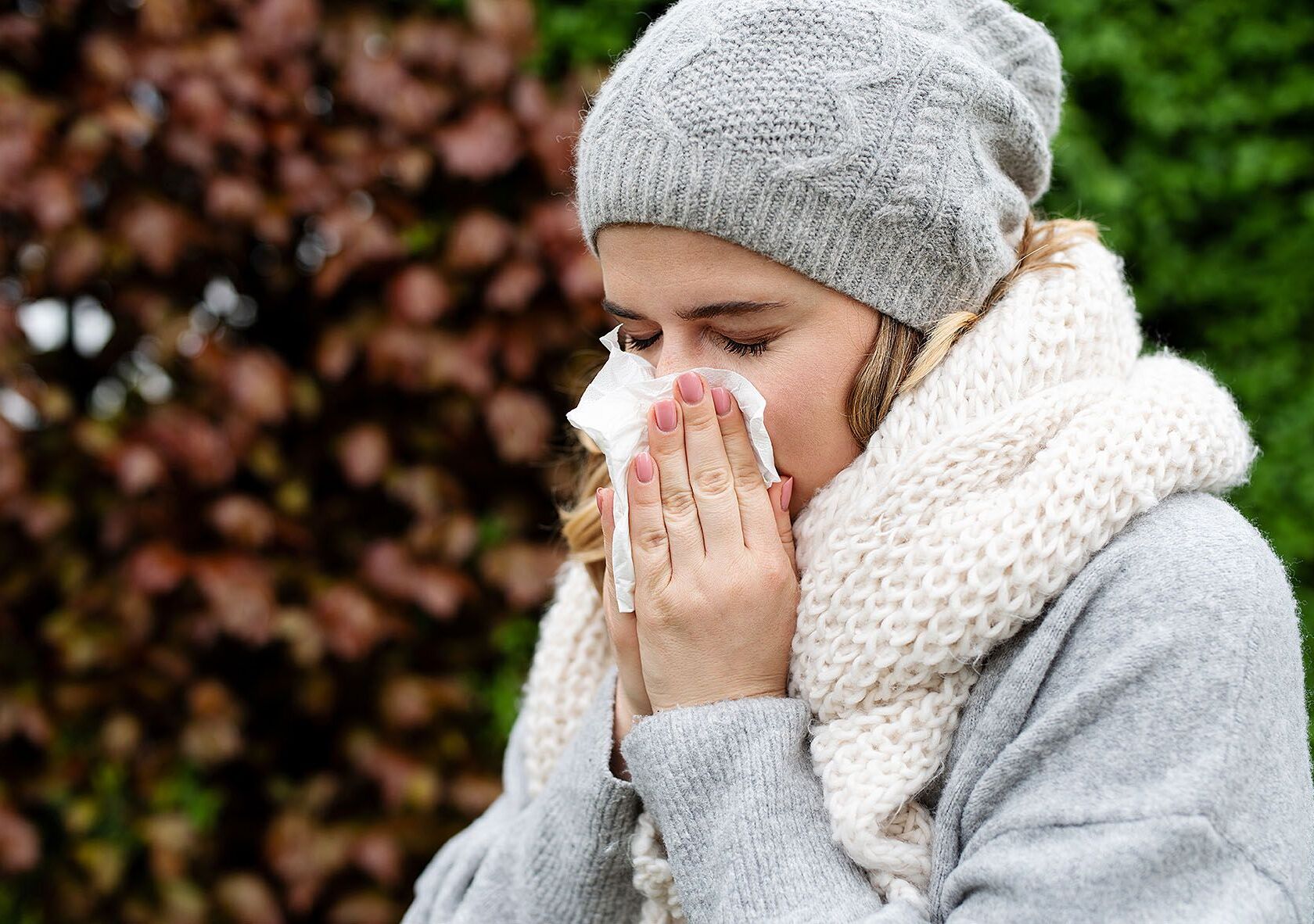Colds and flu are often associated with the cold season. It almost feels as if viruses only exist in winter. But is that really the case?
“In fact, four out of five viral respiratory infections occur in the winter months,” confirms Walter Zingg, Head Physician at the Department for Infectious Diseases and Hospital Hygiene at the USZ. And this despite the fact that the pathogens are on the move all year round. “This is mainly due to the fact that we are spending more time indoors.” In most cases, the immune system can intervene quickly and fight pathogens very effectively. “However, an immune response to respiratory viruses does not last forever, and new virus strains circulate every season, challenging the immune system anew,” explains Walter Zingg. This can also give otherwise healthy people the impression that they are almost exclusively ill in winter. However, this trains the immune system and we go into spring and summer with a strengthened immune system.
Easy game for viruses in winter
In addition to the immune response, there are other factors that favor infection during the cold season. “They are based on a combination of different circumstances,” says Huldrych Günthard, Deputy Director of the Department for Infectious Diseases and Hospital Hygiene. Low humidity plays a role: viruses survive longer in dry air and spread better.


